A few months ago on LinkedIn I received an email from an unknown contact that turned out to be a surprise, that wasn’t spam. It was a message from a landscape architect named Andrés, who recently moved from Spain to California and saw that we had similar interests regarding our professions. We had both made our long distance moves to our current countries roughly around the same time and found ourselves in the same boat regarding the difficulty of finding work in our fields in our new environments. Emails were soon sent back and forth exchanging advice and addresses to helpful websites, organizations and professional contacts and over that time a friendship was fostered. Thank you for reaching out, Andrés. – James

Hello Andrés. Thank you for allowing us the opportunity to interview you for the ‘Foreign Gardener’ series. Can you share with us at Plinth et al. what country were you born, where you moved to and your occupation?
Hello, I am Andrés and I moved from Madrid, Spain to the San Francisco Bay Area in the USA.. I define myself as a Landscape+Architect; it is the shortest way I have found to explain my backgrounds and interests.

When was it that you moved and why California?
Almost a year ago, the opportunity to move arose, so I decided to take my chances to develop my landscape half, as in Spain it is not a recognized profession yet. Besides, California’s climate is Mediterranean as well; I was expecting to learn some new plants and techniques I could use in my home country.


What is your current job and what does it entail?
I work as a Landscape Architect for a medium size Landscape Architecture company in San Francisco, where I am involved in varied and interesting residential projects right now, although the scope of the company is much wider. On the side, I try to keep my own blog going (Quincunx.es), where I write about the things I am learning every day or I am interested in. Writing them helps me to acquire that knowledge.
Earlier you mentioned landscape architecture is not really a recognized profession in Spain yet, so how has moving to California been beneficial to your profession?
First of all, architects, landowners and administrations take a landscape architect’s job as seriously as any other technical profession with public liability and the main public know what a Landscape Architect is, or at least that it is a profession. Besides, the real estate market is still growing crazy here; However, Spain was struck by a huge real estate crisis very recently, and hasn’t yet recovered, so I take this whole boom situation with caution, as I have experienced it before, which means I am trying to grow professionally and personally instead. Building much is easy but short-term, building good takes more effort, but will remain over booms and cracks.

As with any type of change, there’s always an adjustment period, be it good or bad. What have been some of the difficulties encountered while getting settled in San Francisco, your new home?
Sprawl, with its two sides: the good one brings more residential projects to work for, the bad one: long journeys every day to get into the city, because the transit system is so bad, also because sprawl makes it unaffordable for public stakeholders. Also, public commissions and public spaces aren’t as common as in Europe.

On the flip side tell us some surprising changes that you have welcomed and enjoyed in California?
The climate, it is just perfect. In the Bay Area there are several micro-climates, but is almost never too hot or freezing, and the summer nights are chill enough not to have to use the A/C the whole day. This means, outdoors is widely enjoyed, although more in private, rather than in public spaces as opposed to the Mediterranean basin. Many plants thrive here too, but the drought is a big concern and limitation for the species you can use. San Francisco´s micro-climate is one of its own, with significant differences among neighborhoods. I have seen Zantedeschia thriving on neglected yards without irrigation, just because of the condensation of the very common fogs that cover the city almost every night.

What have some of the struggles to adjust to the U.S. been during the transition?
Lots of paperwork for the visa, building a ‘credit history’, which is almost mandatory in the U.S. to be able to have a normal life without spending thousands of dollars in deposits, the whole sprawl thing, the technical vocabulary at work. Most of it is solved after a couple of months though, but the price of things is something very important to take into account before moving or accepting an offer, the Bay Area can be unaffordable for many.

How did you find your job at the Landscape Architecture company in San Francisco?
I used several ways. I sent my cover letter, résumé and portfolio to the offices I liked most, disregarding if they were hiring or not; I got a couple interviews that way. For the company I am working for now, I found an open position at indeed.com, which seems to be the main job search site on the Bay Area.
For other people who are thinking of moving or are about to experience a similar situation, what advice would you give to them to be better prepared for the transition?
Send your CV in advance before moving. From my experience, you don’t start hearing from the companies at least until one month later from the time of applying. Avoid sending résumés before long vacation periods, as it is the easiest way to fall into oblivion. It is better to have a job before moving, otherwise, be prepared to spend a good amount of money on settling. I would also recommend to join the ASLA NCC Emerging Professionals group. They meet once a month in SF or Oakland and it is a good way to get in touch with people, learn about the job market, or just do some fun stuff; they are well organized and very active. Least but not last, do your research on LinkedIn, and contact anyone you are interested in. I have come to know people that I have shared my passion about landscape and gardening with.
Was there anything else you did to prepare yourself for this change?
I stayed in touch with the landscape field in the area and followed as many blogs or social profiles from persons, companies and non-profits I found relevant for me as possible, staying in tune with the trends, needs, and technical words. That way, not everything was new to me.


What is the greatest memory you have had so far in your new environment?
The nature is awesome, from Yosemite to the the foothills around Santa Clara Valley (aka Silicon Valley), which remind me of home in its own way.

If you could give your younger self advice for this change, what would it be?
I would send myself this survey and its answers. Many things are different than expected, although I might still make the same choice.

Do you have a new favorite plant now that you weren’t able to grow before?
Lately I am obsessed with a native: St. Catherine’s Lace, Eriogonum giganteum. As the weather is Mediterranean here, it would probably grow in many places in Spain, but not in Madrid, where the winter is maybe too cold for this plant. I will give it a try though!

Thank Andrés for sharing your story with us. With your talent and passion I am sure you will be met with great experiences and success in California. If anyone would like to ask Andrés a question, or reach out, please leave a comment below and we will gladly pass it on to him. Please click on the links provided below for further reading. Thank you- Plinth et al.
Andrés Website: Quincunx
American Society of Landscape Architects Northern California Chapter
ASLA NCC Bay Area Emerging Professionals Group Facebook Group: Facebook Group









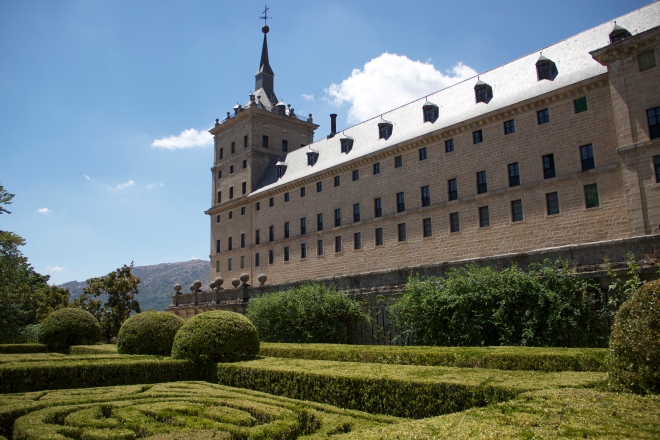

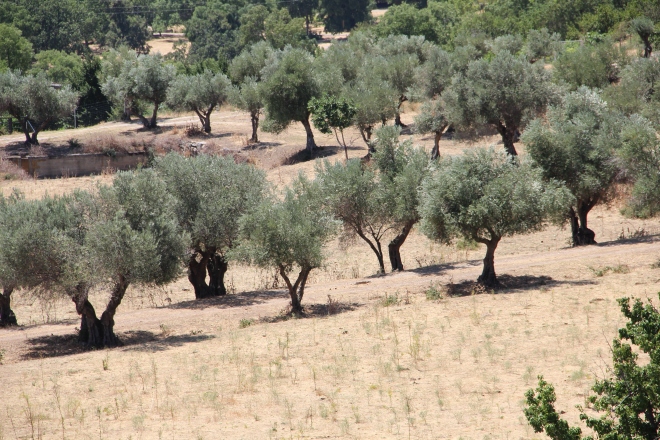















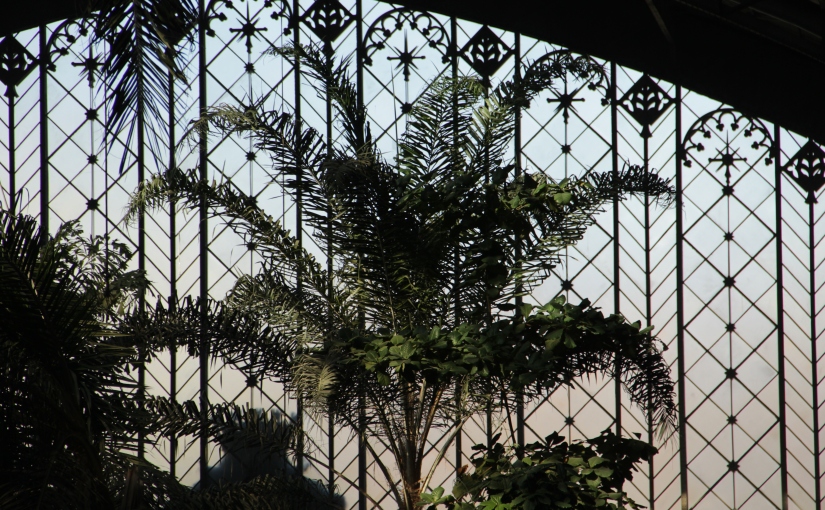








 Dear Eric,
Dear Eric,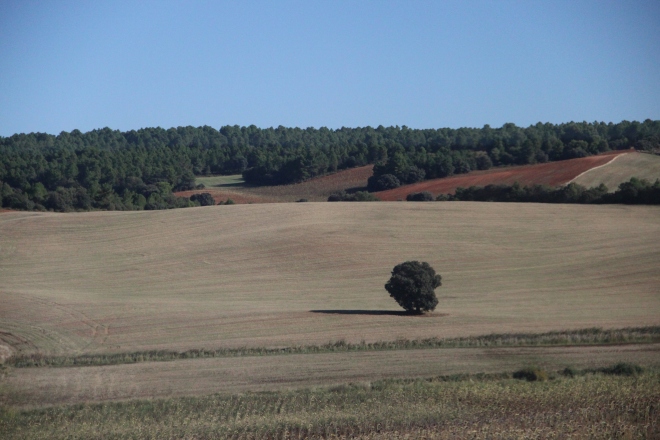








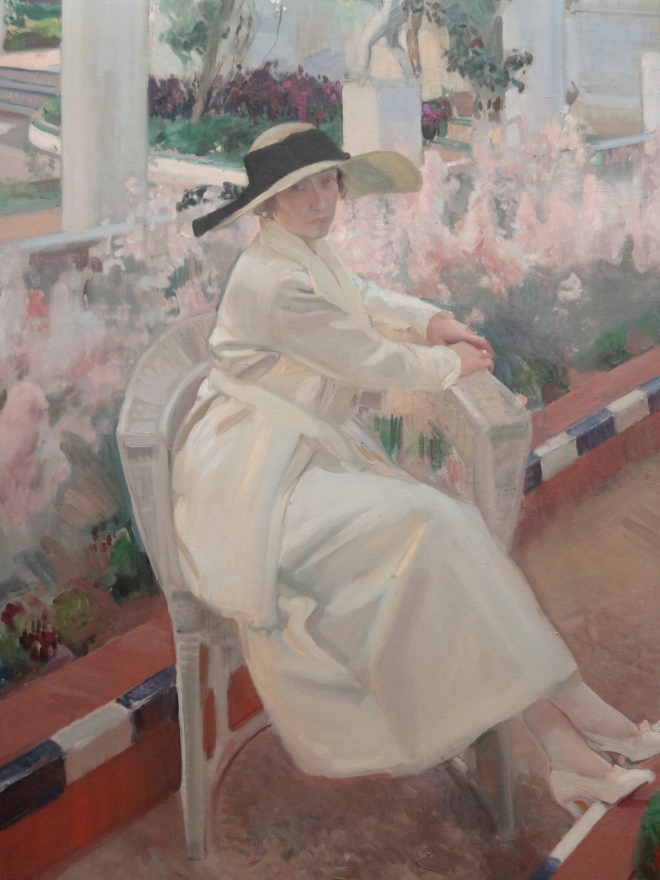

















You must be logged in to post a comment.